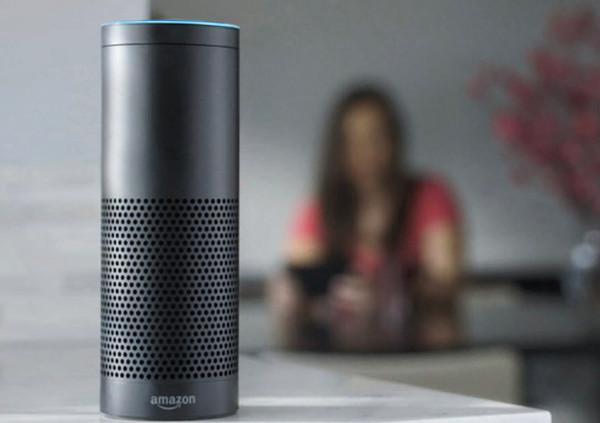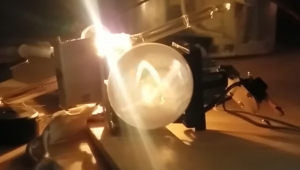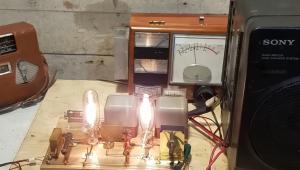Home Audio Comes Roaring Back

Maybe it was the Sony Walkman, maybe it was portable CD players, maybe it was the ever-fiercer competition for consumer dollars posed by ever bigger TVs, but the bloom slowly came off the home audio rose. Then when MP3 players, iPods, and smartphones came along, the slow fade became a fast decay. For many people, the aspiration of owning a living-room stereo was supplanted by lust for the newest iPhone.
The very idea of home audio was called into question. Everything seemed to be going mobile. Why would anyone only sit at home to listen to music, when music could be enjoyed anywhere, anytime? Factor in the demographics that showed increasingly smaller and shared living spaces and less disposable income, and the idea of a fancy stereo seemed impossibly unattainable and unattractive. For many, home audio was the nightstand where they charged their phone.
But I think home audio is poised for a comeback. Indeed, it’s coming back already. Consider: Technology consultancy firm Futuresource says that about 102 million home audio devices shipped in 2016; that tallies to $11 billion in wholesale value. Importantly, home audio’s growth is surpassing that of the broader consumer electronics market. Market analyst Rasika D’Souza says, “We’ve seen the beginning of a market transformation, with voice interaction poised to place the audio industry at the center of the smart home revolution.”
The key item here is voice interaction. The new generation of home audio products stand ready to listen to your voice commands and questions, respond in their own voices, and act accordingly. Voice control restores audio to the logical center of the home entertainment infrastructure. You talk to a loudspeaker, and it answers you. It’s completely natural. Suddenly, a loudspeaker is the smartest device in the house.
And it gets even better. The voyagers aboard the starship Enterprise weren’t forced to go to a certain room to talk to the “computer.” They could interact from any room, and similarly you’ll want smart speakers throughout your home. And as smart speakers grow in daily importance, hopefully you’ll want to upgrade them to higher-fidelity speakers if, for no other reason, so your voice companion sounds as natural as possible. And with natural-sounding voice, natural-sounding music isn’t far behind.
Products like the Amazon Echo and Google Home are already so significant that the category has its own name—the voice personal assistant (VPA). Samsung and Harman (acquired by Samsung) will also be major players; look for Harman to collaborate with Microsoft to develop products powered by Windows 10’s Cortana. And certainly Apple will further energize the category. With Amazon, Google, Samsung, Harman, Microsoft, and Apple behind it, home audio will flourish.
It’s the end of the road for the old paradigm of floorstanding speakers with a chair placed precisely between them. And the task of dusting off a music collection is something only Smithsonian curators will have to worry about. Tomorrow’s home audio technology will comprise smart wireless speakers, with streaming services, conversationally interacting with you and managing your entire home infrastructure. Very cool.
Once an afterthought, grudgingly included as a tinny-sounding feature in flat-screen TVs, home audio will again be an aspirational technology. Welcome back.
- Log in or register to post comments






























































